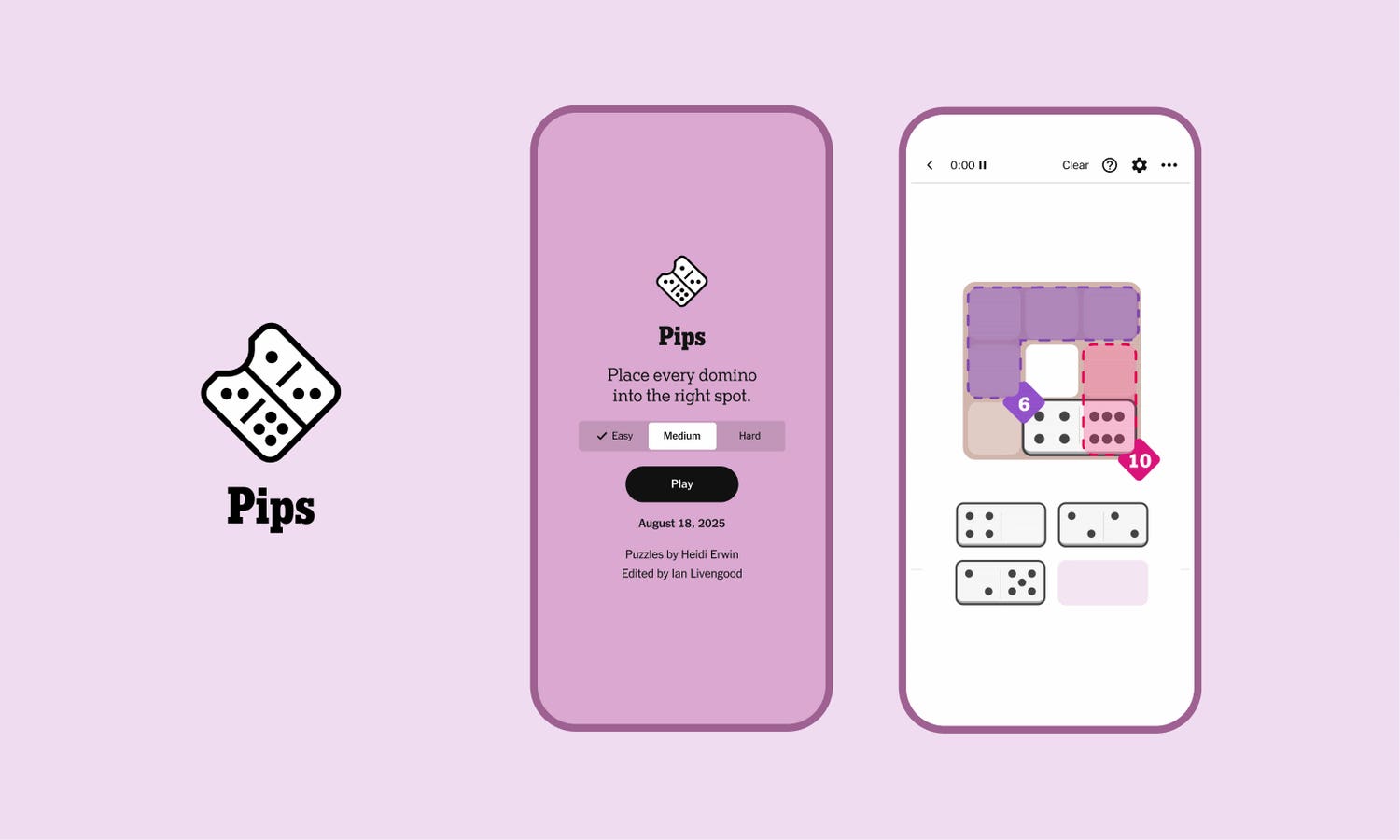Science shows that the smallest cues carry the heaviest weight in relationships. Ignore them, and connection frays. Honor them, and intimacy deepens.
getty
From our cultural understanding, love is often measured in the size of the bouquet or the weight of the commitment. But researchers who study relationships tell us something different. According to them, the strength of a bond isn’t built with lofty efforts but lies in the smallest, almost invisible moments’; in what can be called “micro-responses.”
A micro-response is the way you react, almost instinctively, to your partner’s everyday cues. It’s the smile when they share good news, the attentive nod when they recount a frustrating day, the reassuring touch when they look uneasy. These are the unglamorous but vital building blocks of emotional connection. And while they may seem trivial in isolation, together they form the building blocks of intimacy.
Here are five reasons why micro-responses matter more than almost anything else in sustaining strong, secure and fulfilling relationships.
1. They Signal Emotional Presence In Real Time
In any interaction, timing is just as important as the content. This is also referred to as the “repair latency phenomenon,” or the time it takes for one partner to respond to the other’s emotional cue, especially during conflict.
Psychologist John Gottman’s 2015 study revealed that couples who quickly moved to acknowledge or repair a rupture, sometimes through humor or sometimes through a simple “I hear you,” were far more likely to remain together than those who delayed or ignored the cue.
This matters because responsiveness is about more than words; it’s about immediacy. If a partner sighs in frustration and is met with silence, even if the silence is unintentional, the message can feel like indifference.
Conversely, even a brief but timely acknowledgement, not even a full sentence but just a “rough day?” kind of check-in can register as profound care.
This also enhances relationship security as the partner shows up when the other reaches out, over and over again, even in small ways. Insecure attachment, on the other hand, often grows when micro-bids for connection are repeatedly missed.
While you don’t have to respond perfectly at all times, micro-responses serve as behavioral proof that you care for your partner and want to be there for them.
2. They Amplify The Joyful Moments
Support is not just something to offer in times of difficulty. In fact, research suggests that how couples respond to good news may be even more consequential than how they handle setbacks.
For instance, research on “capitalization,” or the process of sharing positive events, found that couples who responded with “active constructive reactions” (such as expressions of enthusiasm and shared delight) reported greater relationship satisfaction and stability over time.
Conversely, muted or dismissive responses, such as indifference or half-hearted acknowledgment, were linked to lower satisfaction and higher risk of relationship erosion.
This is particularly significant because joy, unlike distress, is magnified when shared. Shared positive emotion lights up the brain’s reward circuitry, reinforcing the sense of “we-ness.”
In other words, when your partner beams about a small work victory and you mirror that excitement with, “That’s amazing, tell me more,” you’re automatically converting a fleeting individual success into a collective memory.
Micro-responses of delight, then, are not “bonus points” in love. They really are central to its foundation. Love grows as much in the celebration of the mundane as it does in the weathering of storms.
Each time you amplify joy, you are making a deposit in the emotional bank account of your relationship, an account that, when full, becomes your buffer against the inevitable stresses of life.
3. They Validate Vulnerability Without Making It Heavy
One of the paradoxes of intimacy is that partners long to be seen in their most vulnerable moments, yet they might not share vulnerability outright. Instead, it leaks through micro-cues such as a hesitant tone or an unanticipated pause before speaking. These subtle signs are easily overlooked in the noise of daily life.
Here, micro-responses act as validation in real time. A gentle, “You seem a little nervous, do you want to talk it through?” can normalize a partner’s anxiety without dramatizing it.
Neuroscientific research on the human mirror neuron system supports this. We are wired to register another person’s micro-shifts in tone, gesture and emotion, and to mirror them back in ways that regulate connection.
A recent review even shows that disruptions in this perception–production loop, like those common in digital or delayed communication, can weaken how effectively we respond to each other’s cues. In person, though, the loop remains intact because when one partner meets the other’s vulnerability with an attuned micro-response, it functions like a micro-dose of safety.
The beauty of this is its easy scalability. You don’t need a large-scale intervention to show care. In fact, heavy-handed responses can sometimes make vulnerability feel overwhelming. Micro-responses validate without magnifying. They say: “I see your uncertainty, and you are not alone in it.”
4. They Build A Safe Space Cumulatively, Not Suddenly
Every second person knows the importance of “creating a safe space” for open communication, but the phrase can often sound more abstract or aspirational than actionable. In practice, psychological safety is built through micro-behaviors repeated daily.
This could be maintaining eye contact when your partner is speaking. Pausing to listen before offering solutions. Leaning in rather than checking your phone mid-conversation. These micro-responses accumulate into a lived sense of safety.
Felt security in relationships comes not from one big promise but from repeatedly confirmed availability. It’s the small consistencies in thought and actions (“I can count on you to notice me”) that create the conditions where partners feel free to disclose their inner worlds. Without this foundation, sudden attempts at “deep talks” often falter, because the ground has not been tilled by daily responsiveness.
When people practice frequent, low-intensity bids and responses such as the above, they are more likely to sustain satisfaction than those who rely primarily on occasional, high-intensity conversations.
A 2017 national study of over 1,300 married couples found that wives weathered financial stress with greater marital satisfaction when husbands consistently engaged in small maintenance behaviors, such as showing care and attention. Interestingly, it wasn’t the declarations of commitment that buffered stress. In fact, those sometimes backfired. It was the quiet, ongoing signals of responsiveness made the real difference.
5. They Are The Language Of Empathy In Motion
Empathy is typically defined as the ability to understand and share in another’s feelings. But in relationships, empathy is less about sentiment and more about expression. Micro-responses are how empathy moves from theory into practice.
Research consistently shows that partners don’t just want to know you care. They want to see it in action. For instance, a 2017 study published in The Family Journal explored how empathy shapes relationship quality among cohabiting couples. Researchers found that men who showed greater empathy tended to view their own relationships more positively, while women’s empathy boosted not only their own satisfaction but also their partner’s.
In practice, this means that responding to a partner’s emotional signals is more than just a kind gesture. It’s essentially a way of embodying empathy and creating space to understand and connect without criticism.
That is, empathy wasn’t something partners felt privately. It was something visible in their micro-responses, in the form of that nod, the “mm-hmm,” the timely reassurance, the quick hand squeeze. Without these outward signals, empathy remains an internal state, inaccessible to the partner who needs it most.
Moreover, micro-responses communicate empathy efficiently. A partner in distress doesn’t always want a lecture or a solution, right? Sometimes they want a sigh mirrored back, a hand on the shoulder, a “that sounds rough.” This makes small, timely responses often land more powerfully than long speeches.
Every sigh, smile or offhand comment from your partner is a small emotional cue. Do you notice and respond to these micro-moments, or let them slip by? Take the science-backed Emotional Quotient Inventory to see how attuned you are.









